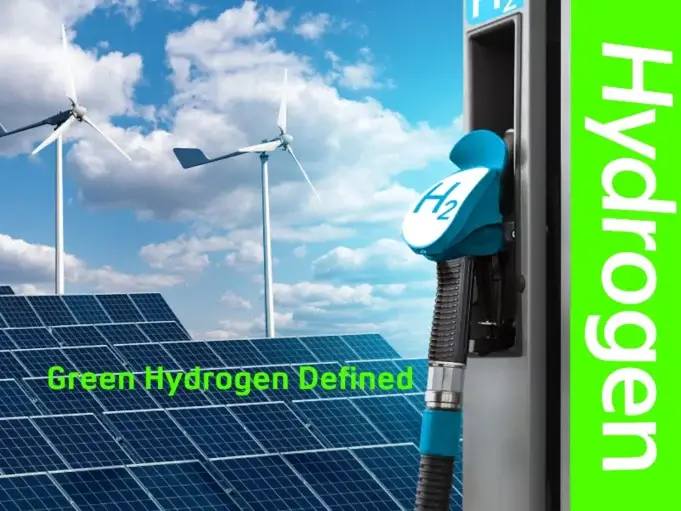The announcement of the Green Hydrogen Standard by the Ministry of New and Renewable Energy (MNRE) in India is a significant step towards advancing the National Green Hydrogen Mission. This standard outlines the criteria that must be met for hydrogen production to be classified as “Green,” meaning it is derived from renewable sources and has low carbon emissions. The emission threshold specified in the standard is that the well-to-gate emissions of hydrogen production, which includes various processes from water treatment to compression, should not exceed 2 kg CO2 equivalent per kg of hydrogen.
The standard covers both electrolysis-based and biomass-based methods of hydrogen production. For electrolysis-based hydrogen, the emissions arising from water treatment, electrolysis, gas purification, and other related processes must not exceed the specified limit. Similarly, for hydrogen produced through the conversion of biomass, emissions from various stages of the process, including biomass processing, heat generation, and gas purification, should also remain within the emission limit.
The standard also clarifies that renewable energy sources for hydrogen production include not only electricity generated from renewable sources like solar, wind, etc., but also stored electricity from renewables and energy stored in the grid according to regulations.
The Ministry of New and Renewable Energy will further provide a detailed framework for measuring, reporting, monitoring, verifying, and certifying green hydrogen and its derivatives. The Bureau of Energy Efficiency is designated as the Nodal Authority responsible for accrediting agencies for monitoring, verification, and certification of green hydrogen production projects.
This announcement is expected to provide much-needed clarity to the green hydrogen sector in India and was eagerly awaited by stakeholders. By defining what constitutes “Green Hydrogen,” India joins a select group of countries that have taken steps to standardize the production of environmentally friendly hydrogen. This move aligns with global efforts to promote sustainable energy solutions and reduce carbon emissions in the pursuit of combating climate change.
Green Hydrogen Standard for India (18 Aug 2023)
Green Hydrogen shall mean Hydrogen produced using renewable energy, including, but not limited to, production through electrolysis or conversion of biomass. Renewable energy also includes such electricity generated from renewable sources which is stored in an energy storage system or banked with the grid in accordance with applicable regulations.
Green Hydrogen produced through electrolysis: The non-biogenic greenhouse gas emissions arising from water treatment, electrolysis, gas purification and drying and compression of hydrogen shall not be greater than 2 kilogram of carbon dioxide equivalent per kilogram of Hydrogen (kg CO2 eq/kg Hydrogen), taken as an average over last 12-month period.
Green Hydrogen produced through conversion of biomass: The non-biogenic greenhouse gas emissions arising from biomass processing, heat/steam generation, conversion of biomass to hydrogen, gas purification and drying and compression of hydrogen shall not be greater than 2 kilogram of carbon dioxide equivalent per kilogram of Hydrogen (kg CO2 eq/kg Hydrogen) taken as an average over last 12-month period.











